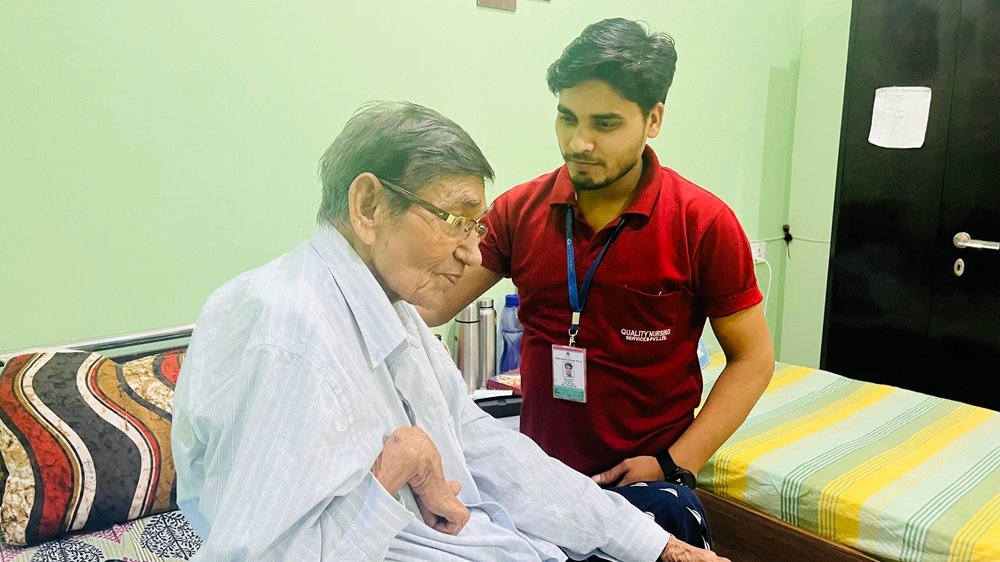Stroke care involves a comprehensive approach to managing and treating individuals who have experienced a stroke, a medical emergency that occurs when blood flow to the brain is interrupted. Strokes can result in severe consequences, including neurological deficits, cognitive impairment, and physical disabilities. Timely and effective stroke care is crucial to minimize damage and promote recovery.
Here are key aspects of stroke care:
Recognition and Emergency Response:
FAST Assessment: Public awareness campaigns often emphasize the FAST acronym to recognize stroke symptoms:
- F: Face drooping
- A: Arm weakness
- S: Speech difficulty
- T: Time to call emergency services
Emergency Medical Services (EMS): Activating EMS immediately is critical. Rapid response and transportation to a stroke-ready hospital can significantly improve outcomes.
Acute Treatment:
Clot-Busting Medications: For ischemic strokes (caused by a blood clot), thrombolytic medications like tissue plasminogen activator (tPA) can be administered if the patient qualifies and presents within the narrow therapeutic window.
Endovascular Therapy: In some cases, interventional procedures such as mechanical thrombectomy may be performed to remove blood clots from the cerebral vessels.
Stroke Unit Care:
Specialized Units: Many hospitals have dedicated stroke units staffed by healthcare professionals trained in stroke care. These units facilitate coordinated and specialized care.
Monitoring and Assessment: Continuous monitoring and assessment of vital signs, neurological status, and other parameters are essential to detect any complications or changes in the patient’s condition.
Rehabilitation:
Multidisciplinary Approach: Stroke rehabilitation involves a team of healthcare professionals, including physiotherapists, occupational therapists, speech therapists, and psychologists.
Physical Therapy: Focuses on improving mobility, strength, and coordination.
Occupational Therapy: Aims to enhance the ability to perform daily activities and regain independence.
Speech Therapy: Assists with communication and swallowing difficulties.
Secondary Prevention:
Medications: Prescribing medications to manage risk factors such as hypertension, diabetes, and high cholesterol.
Lifestyle Modifications: Encouraging healthy lifestyle changes, including diet, exercise, and smoking cessation, to prevent recurrent strokes.
Long-Term Care and Support:
Community Resources: Connecting patients and their families with support groups, community services, and resources for long-term care.
Counseling and Mental Health Support: Addressing the emotional and psychological impact of stroke on both patients and their caregivers.
Education and Prevention:
Public Awareness: Community education programs to raise awareness about stroke risk factors, symptoms, and the importance of early intervention.
Primary Prevention: Promoting a healthy lifestyle to reduce the risk of stroke in the general population.
Stroke care is a dynamic and evolving field, with ongoing research aimed at improving treatments and outcomes for individuals affected by stroke. Timely and coordinated interventions across the continuum of care play a pivotal role in enhancing the quality of life for stroke survivors.




